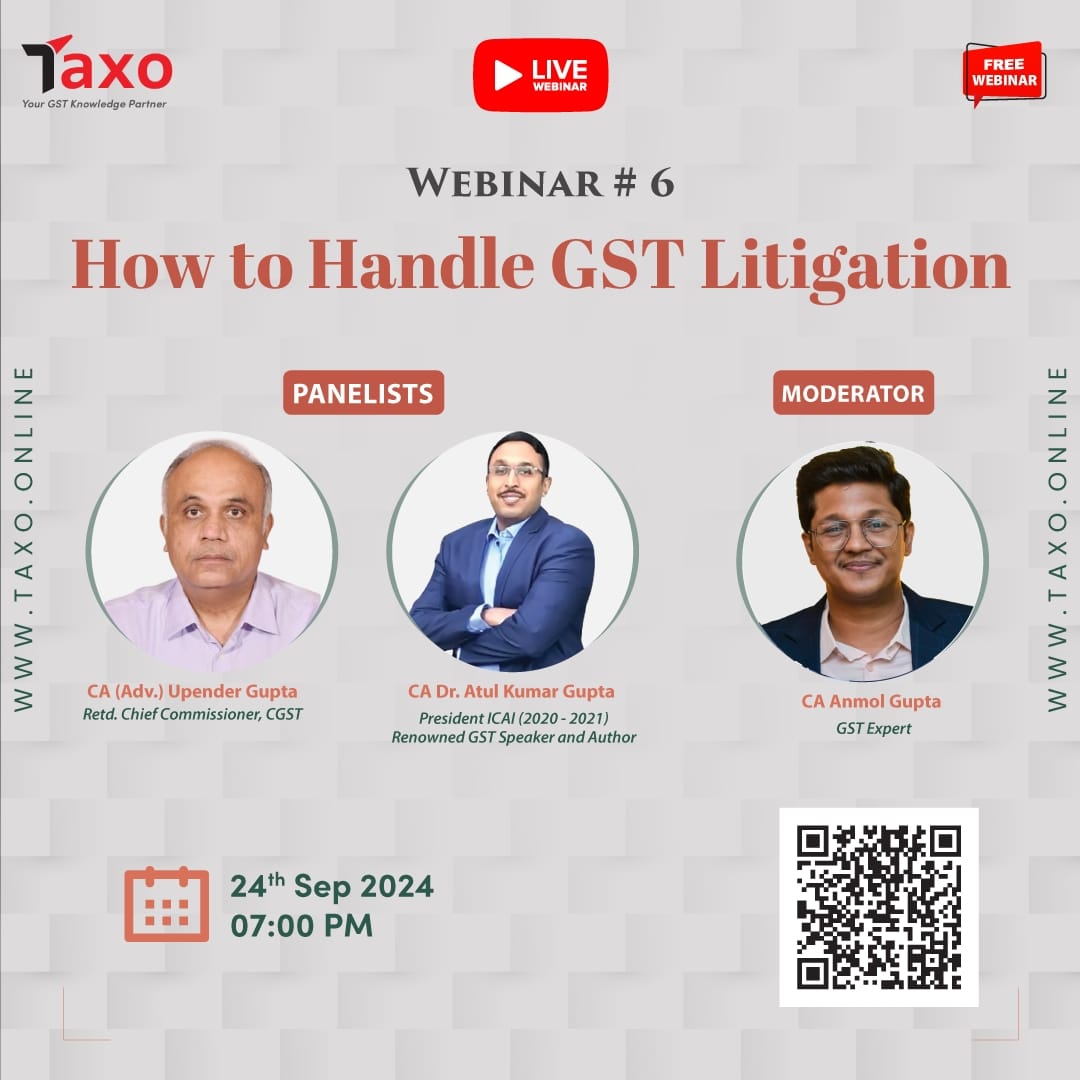 In a move that is expected to help businesses as well as reduce litigation, a Model All India GST Audit Manual 2023 has been finalised for use by the Centre and state tax officials.
In a move that is expected to help businesses as well as reduce litigation, a Model All India GST Audit Manual 2023 has been finalised for use by the Centre and state tax officials.
The manual lays out standard principles for the selection of audit cases, preparation and conduct of audit as well as post-audit follow up is expected to help both the Central and state GST officials to carry out the process in a uniform manner, sources said.
The norms, which were placed before the GST Council in February, are likely to be taken up for audit cases from this fiscal.
Among other measures, it has suggested a common platform for sharing important audit findings and other sources of relevant information to improve the quality and efficiency of audit. It has also called for capacity building and regular training of officials as well as identification of services sectors for focussed training. Services already identified include e-commerce, works contract, hospitality, banking and financial services and hospitality.
At present, one of the main concerns for businesses has been the multiplicity of audit procedures by the Centre and different states, with each one choosing cases based on different parameters and having varying requirements and timelines. In recent months, audits have also gained traction with both the Centre and state GST departments, sending out several notices to taxpayers for this. Audit is expected to be a key tool for tax officials this fiscal given the focus on increasing the GST taxpayer base and cutting down on tax evasion.
As part of the exercise, an All-India Coordination Committee’ of Officers is also being set up with officers from the Centre and states who will choose themes for conducting audit, constitute a Committee of Officers for selecting taxpayers in a state for conducting a thematic audit, coordinate among various audit authorities for evolving a common minimum audit plan for a given theme. It will also monitor actual audits by the field formations and disseminate audit outcomes to appropriate stakeholders and perform other functions as per the Model All India GST Audit Manual.
“The guidelines provided in the manual are intended to enable audit officers to carry out effective audits in a uniform, efficient and comprehensive manner adopting the best practices of the States and the Centre, as well as international practices,” said the document, adding that audit processes are assisted by technological tools developed by the Centre as well as state governments.
Recommending a uniform process for the selection of audit cases, the manual has suggested a weightage-based criteria under which taxpayers filing Form GSTR- 3B and Form GSTR-1 are selected. Secondary data sources such as data from other indirect levies or income tax can be considered. “The weightage of each parameter may vary depending upon its importance in the selection of taxpayers for audit as well as the effectiveness of risk parameters chosen in the preceding financial year. Based on the average weight considering all the parameters, a final score,” it further said. The final selection of taxpayers to be audited may be done based on the descending order of the final score thus calculated. Further, a selection committee should be constituted to identify various risk parameters for selection for audit and some cases can be taken on a random basis or based on local parameters such as intelligence inputs and past behaviour.
For follow-up audits, it has said that if the tax, interest, penalty or any other amount payable by the registered taxpayer as have been ascertained as short paid or not paid, is not deposited within 30 days after the issuance of the final audit report, the case is required to be referred to the respective jurisdiction and the case may be taken up for initiation of demand and recovery proceedings.
Source: The Financial Express
https://www.financialexpress.com/economy/common-gst-audit-norms-for-centre-and-states-from-this-fiscal/3077962/


